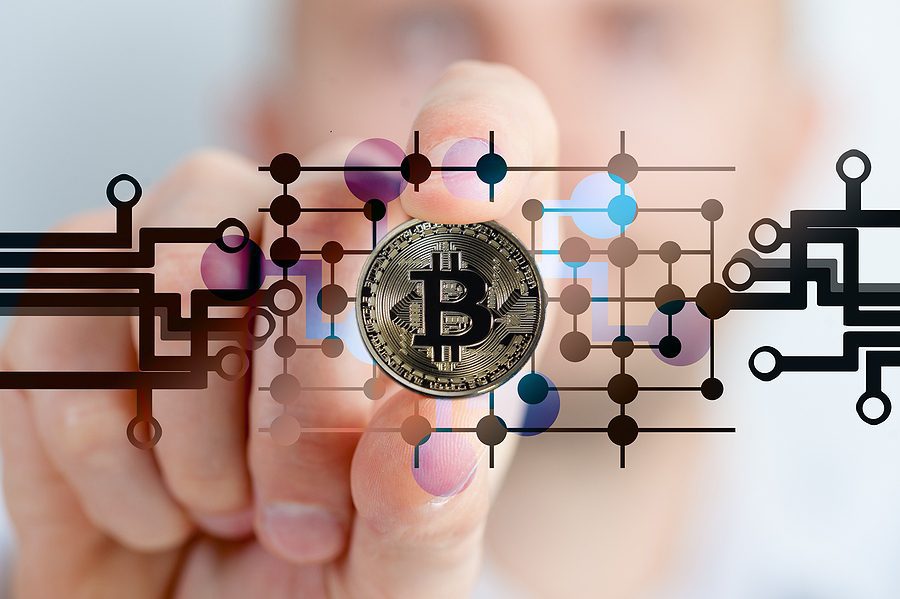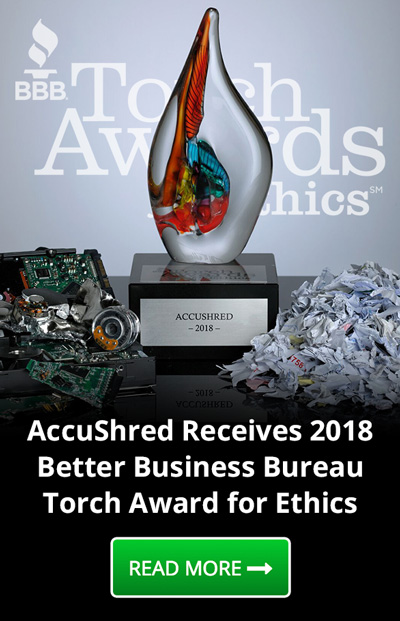Would You Recognize an NFT Scam if You Saw One?
NFT, which refers to non-fungible tokens, are digital assets that exist only on a digital ledger. NFT scams work by stealing your cryptocurrency login credentials or tricking you as to the legitimacy of your NFT. With the monetary value attached to these digital assets, NFT scams are more popular than ever right now. To keep yourself safe from hackers, you need to be aware.

Common NFT Scams
NFTs allow buyers and sellers to remain somewhat anonymous, which creates the perfect environment for scammers. While there are many legitimate ways to be involved in the NFT market, there are scams to be aware of, such as
-
Pump and Dump Schemes
NFT prices are artificially driven up by scammers making multiple bids in a short time frame to make it seem like the NFT is popular. After selling to the highest bidder, the true value is realized and the buyer is left having greatly overpaid.
-
Currency Scams
After buyers put in the highest bid, they may switch the cryptocurrency to one of a much lesser value. Always cross-check the currency.
-
Counterfeit NFTs
If you purchase a counterfeit NFT, you will be stuck once you, and others, realize it’s a counterfeit. Always verify the authenticity of what you are purchasing.
Have an Eagle Eye to Spot Phishing Attacks
Fake NFT websites are easy to create and designed to trick you into providing your login information or making a purchase. Often, the level of detail that goes into the fake site makes detecting the scam difficult, even for those who consider themselves digitally aware. Always verify the exact URL of the NFT marketplace website. Check every link for an exact match. Once you share your cryptocurrency wallet credentials, you have opened yourself up to a hacker. And of course, never click or download anything from unsolicited emails. NFT scammers often try to impersonate customer service pages and ask for personal information needed to resolve your problem, giving them complete access to your wallet.
Use Multifactor Authentication on All Accounts
Multi-factor authentication is key to protecting yourself digitally in all aspects, but it is essential when dealing with NFTs. Two-factor authentication can often stop hackers once they get through the first level. While it may seem like a hassle, it is a strong move toward protecting yourself and your investments. Biometrics make it nearly impossible to steal your identity when used in conjunction with multi-factor authentication.
Never Share Your Seed or Recovery Phrase
We all know not to share passwords. But even more importantly, you should never share your seed or recovery phrase with anyone. Once a hacker has access to this information, they can not only get into your account, but can change crucial pieces of information that will lock you, the owner, out permanently.
Always Crosscheck the NFTs Price
Look at the official trading platforms, such as OpenSea, Axie Marketplace, or Mintable, before making an NFT purchase. If the price you are being quoted is significantly different, it is most likely a scam. These sites are reputable, and when the price seems too good to be true elsewhere, it almost always is.
Verify NFT Seller Accounts
Look at the profiles of the seller on social media and Discord and find the blue check mark that indicates their identity has been verified. Without this checkmark, the seller is likely not legitimate. The extra step to verify all seller accounts is well worth your time.
In the confusing and ever-changing world of NFTs and cryptocurrency, being scammed happens to people who never believed it would happen to them. The biggest takeaway is to always remain aware, and verify every piece of information about the sellers before jumping into a deal. To learn more about cybersecurity best practices and tips on how to stay safe online, check out our AccuShred blog.








